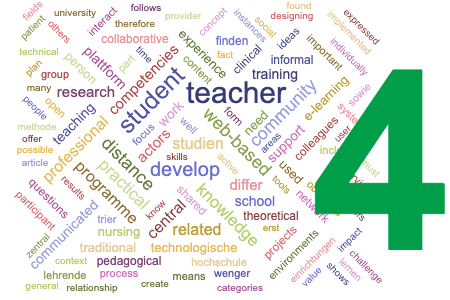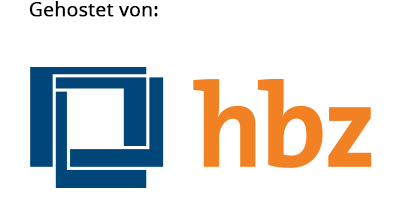The impact of new technologies on distance learning students
Schlagworte:
Educational technology, European program, Hochschule, adult education, distance education, e-learning, higher education, impact of technology, lifelong learningAbstract
This is a European Commission Leonardo da Vinci Reference Material project on the impact of new technology on distance learning students. It is known that all the Ministries of Education of the 27 European Union countries pay millions of Euros annually in the provision of educational technology for their schools, colleges and universities. A review of the literature of the impact of technology, however, showed that the research in this field was unacceptably fragile. What research there was focused on the impact of technology on children in American schools. The project set out, therefore, to measure the impact of technology on adult education, lifelong learning and distance education, with a particular focus on adult distance learning.Downloads
Veröffentlicht
2008-06-25
Ausgabe
Rubrik
Projektberichte



